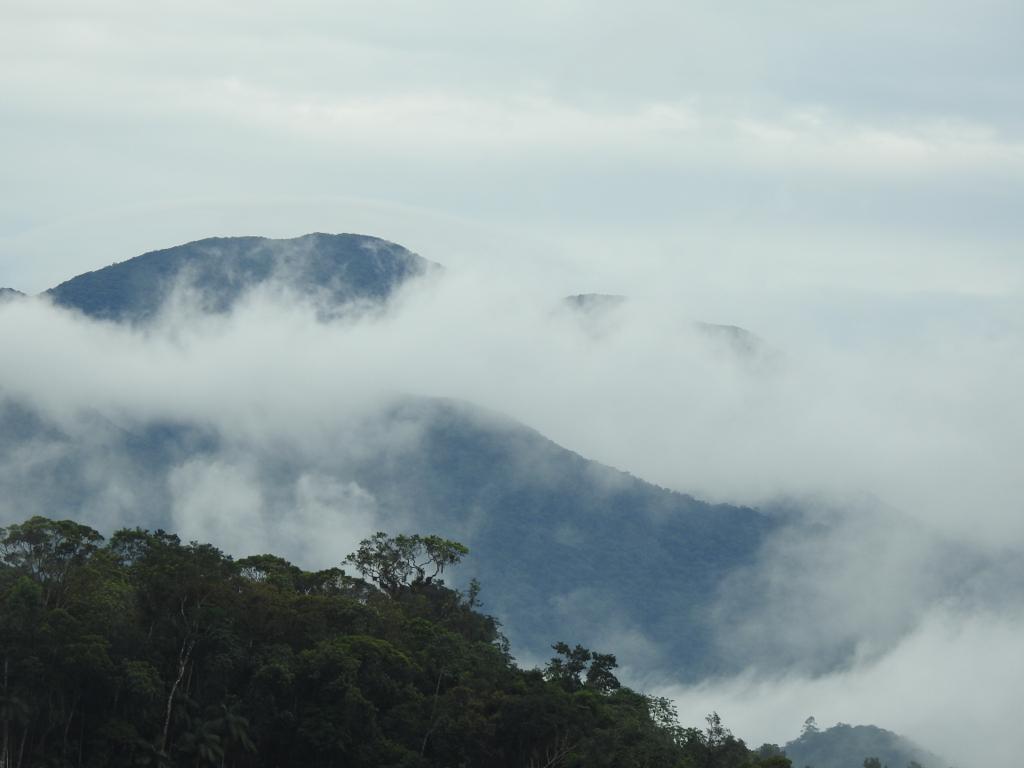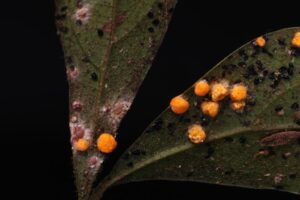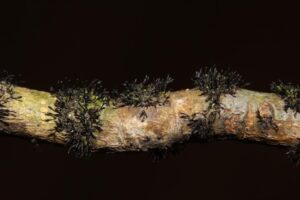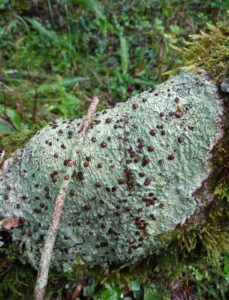Have you ever heard of the Cloud Forest?
They are wild and charming!
The Atlantic Forest is my backyard, but at the end of last year (2022) I had the opportunity to get to know a different biome than what I'm used to and I fell in love with it: the cloud forest.
Wild, but not frightening, these forests, so unique, are found in the heights. They have complex stems full of mosses and lichens, in addition to smaller trees, lower, twisted canopies and an exclusive flora and fungus.
Photos: @mind.funga and @joaofungo
I invite you to know more about the cloud forests through the words of Professor Dr. Elisandro Ricardo, Drechsler-Santos (UFSC), coordinator of course “Diversity of Ascomycota Macrofungi”, which I had the honor of participating from 11/28 to 12/01/22, in Urubici/SC.
Photos: @jorge_forager, @mind.funga and @joaofungo
“The cloud forests of Aparados da Serra are distributed in a very fragmented way, on the tops of mountains in southern Brazil, mainly above 1000 meters, and are greatly influenced by the moisture present in the clouds that come from the oceans.
These clouds end up settling inside these small forest fragments and offer unique humidity conditions for these environments. In addition, they also have a very particular composition of fauna, flora and fungi, where several species only occur in these circumstances. Since 2011, for example, we have been studying a group of fungi that only occur in some specific forests and not in other areas of cloud forests.
Photos: @jorge_forager, @mind.funga and @joaofungo
Altitude forests are small patches of forest, isolated on the tops of mountains in southern Brazil, which depend on very specific environmental conditions. With climate change over the years, some species that previously dominated and that were from colder environments, were migrating to the tops of the mountains, originating what we call relict biodiversity islands - lineages of species that existed in the past in a similar way. more distributed and that, with warming, went up the mountains and became isolated in small fragments.
As the temperature increases with global climate change, species, which are dependent on specific environmental conditions, are exposed and one or two degrees can already change the formation of clouds which, consequently, can trigger the disappearance of some of these rare species."
















